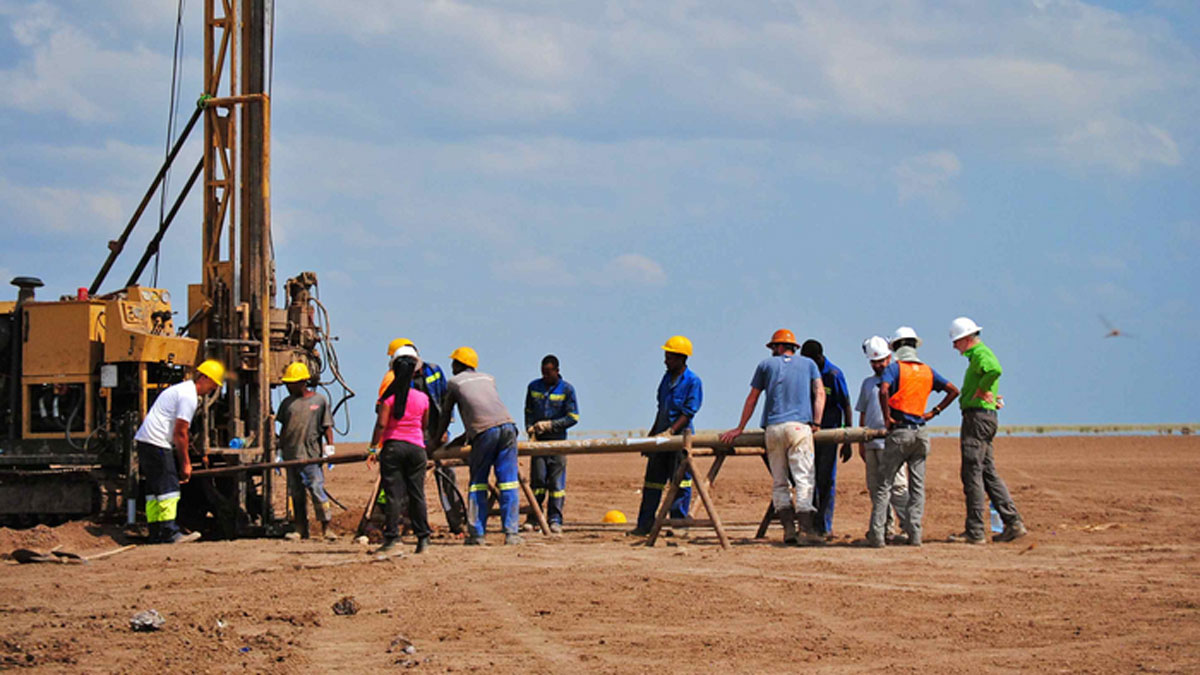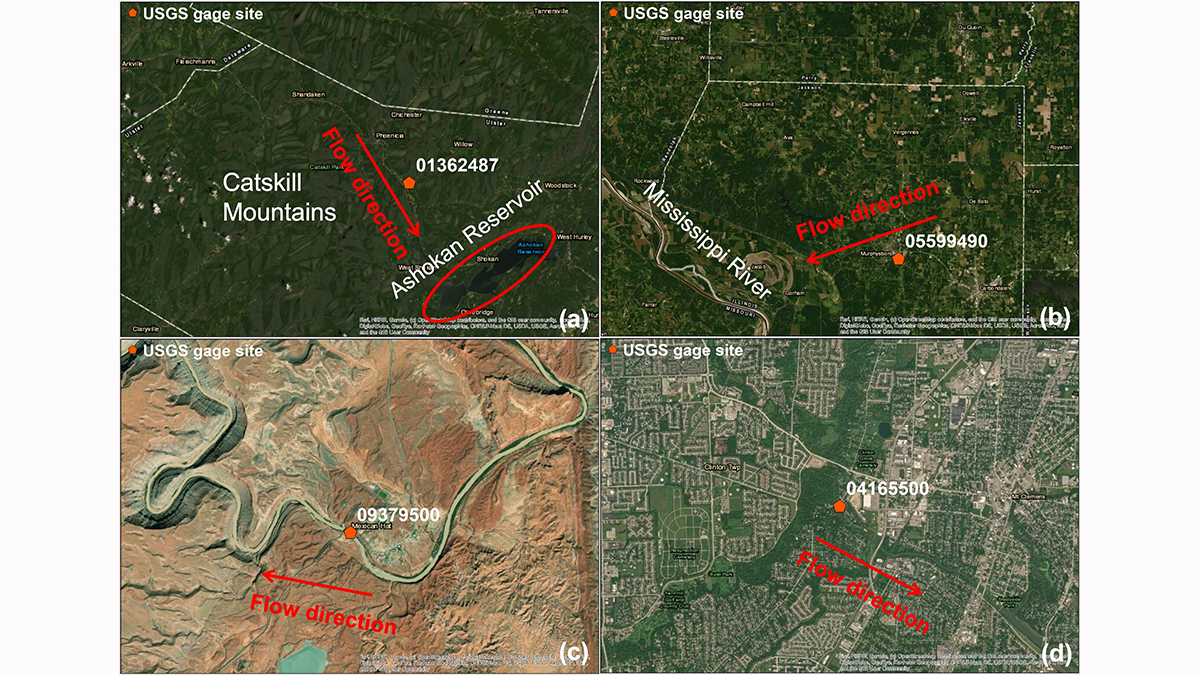A new 620,000-year climate record from East Africa reveals dramatic swings between wet and dry conditions that may have influenced human evolution.
sediments
Disentangling River Water Turbidity and its Flow
A new study shows why fine sediments in rivers are not simply proportional to the water flow across the United States.
Warming and Agitation Intensify Seagrass Meadow Carbon Fluxes
Carbon dioxide emissions surge in sediments when temperature and agitation increase, both of which are likely to continue rising in degraded Mediterranean seagrass meadows.
Lake Sediments Record North Carolina’s Coal Legacy
Coal ash–polluted lakes are in residential and recreational areas, invoking concern for the health of local residents and ecosystems.
Ancient Nile Tributary May Have Aided Pyramid Construction
Pollen from sediment cores shows that a now dry channel cutting through Giza was once a flowing waterway that Egyptian pyramid builders could have used to transport supplies.
What Can Zircons Tell Us About the Evolution of Plants?
The versatile mineral could contain evidence of the evolution of land plants and their effect on the sedimentary system.
When Projecting Coastal Resilience, Sediment Compaction Is Key
The addition of new sediment helps build up lowland environments like deltas and marshes, but it also compacts materials beneath it—a vital, but often overlooked, factor in landscape evolution studies.
Tracking Subsidence on Deltas With Fiber-Optics
Fiberoptic strain meters capable of measuring micron-scale subsidence reveal a Holocene sediment package on the Mississippi Delta that is mostly stable.
The Fate of a Lake After a Dramatic Mining Disaster
Researchers tracked long-term sediment dynamics in Canada’s Quesnel Lake following the 2014 failure of a dam that spilled record-breaking amounts of contaminated mining waste.
Probing the Sedimentology of a Continental Megathrust
Detailed analysis of sediments covering the Main Frontal Thrust in Nepal show how climate-driven baselevel changes affect sedimentation and should be considered when inferring thrust activity.










